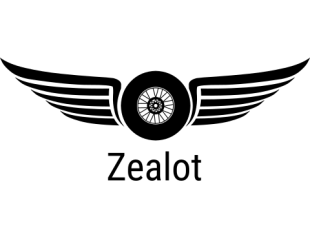Hey! So I usually inhabit the papercraft side of the forums here, but a little while back I bought three of those micro Syma RC helicopters, and have been having a lot of fun with them, since they're very easy to fly. I got thinking about combining the two hobbies though, since I was a little disappointed nobody seems to offer a Mil-24 Hind RC helicopter, and was wondering if anyone had any advice about that kind of endeavor.
I know a few things: I'll obviously have to re-scale whichever kit I built to fit the small frame of the RC helicopter, and I'll probably need to weigh the body after building to make sure it's not too heavy, but there are things I could use help with.
I assume building the paper body lighter than the original plastic one will make for longer flight times at lower throttle, but I could also imagine it causing the aircraft to be less stable.
Since I'm going with a real helicopter design, I assume I don't have to worry about aerodynamics too much, but are there things I should keep a lookout for?
What kind of concerns should I have for the helicopter's center of gravity and center of mass? I imagine I should try to keep the main shaft directly above it, right? It shouldn't be a problem to keep the main rotor located where the Mil-24 has it's rotor already, should it?
The Syma mini-helicopters only have controls for pitch and roll, no yaw, so they use smaller vertical propellers on the tail for pitch and forward-backward movement. I noticed all three of my helicopters perform differently, and that all three have somewhat different tail rotor placements that seem to be dictated by the design of the real helicopter they mimic, and I assume this has a large impact on performance. What do I need to know about this placement if I want faster forward movement?
And of course, if anyone else around here has done this kind of thing before, it'd be great to hear some advice.
I know a few things: I'll obviously have to re-scale whichever kit I built to fit the small frame of the RC helicopter, and I'll probably need to weigh the body after building to make sure it's not too heavy, but there are things I could use help with.
I assume building the paper body lighter than the original plastic one will make for longer flight times at lower throttle, but I could also imagine it causing the aircraft to be less stable.
Since I'm going with a real helicopter design, I assume I don't have to worry about aerodynamics too much, but are there things I should keep a lookout for?
What kind of concerns should I have for the helicopter's center of gravity and center of mass? I imagine I should try to keep the main shaft directly above it, right? It shouldn't be a problem to keep the main rotor located where the Mil-24 has it's rotor already, should it?
The Syma mini-helicopters only have controls for pitch and roll, no yaw, so they use smaller vertical propellers on the tail for pitch and forward-backward movement. I noticed all three of my helicopters perform differently, and that all three have somewhat different tail rotor placements that seem to be dictated by the design of the real helicopter they mimic, and I assume this has a large impact on performance. What do I need to know about this placement if I want faster forward movement?
And of course, if anyone else around here has done this kind of thing before, it'd be great to hear some advice.


